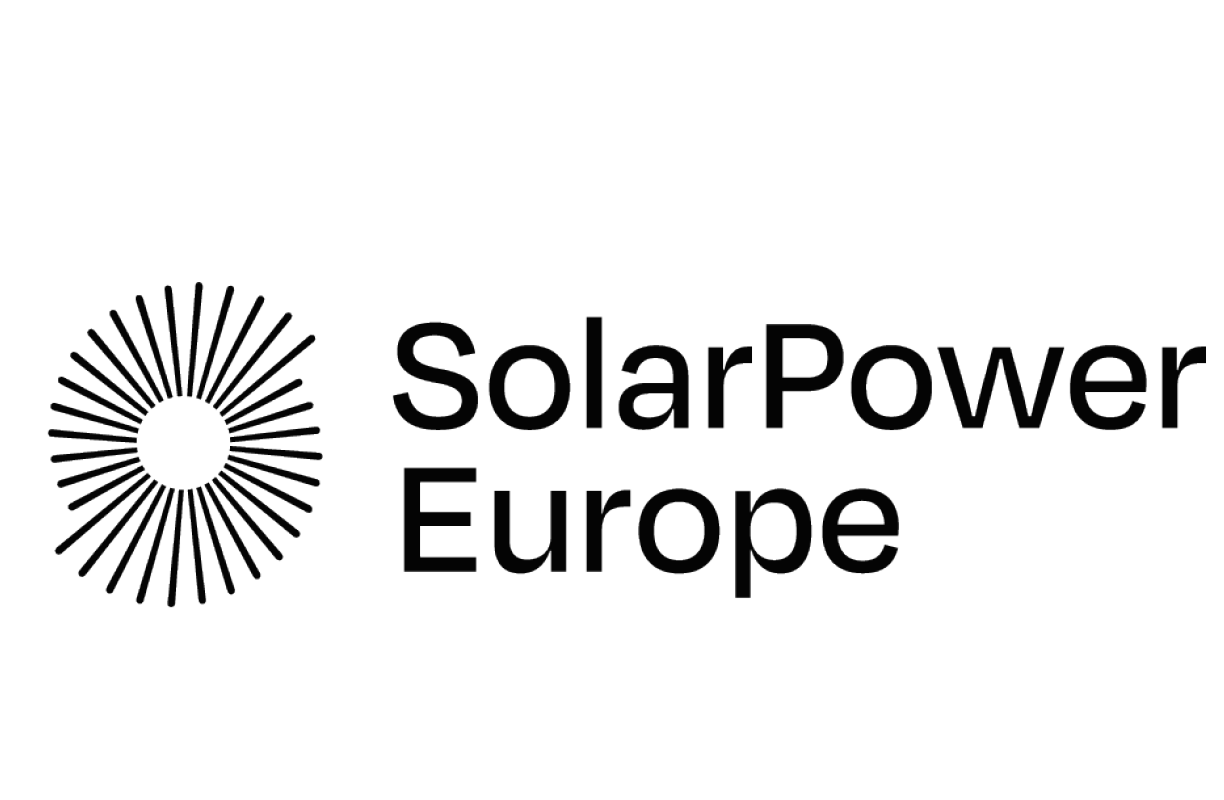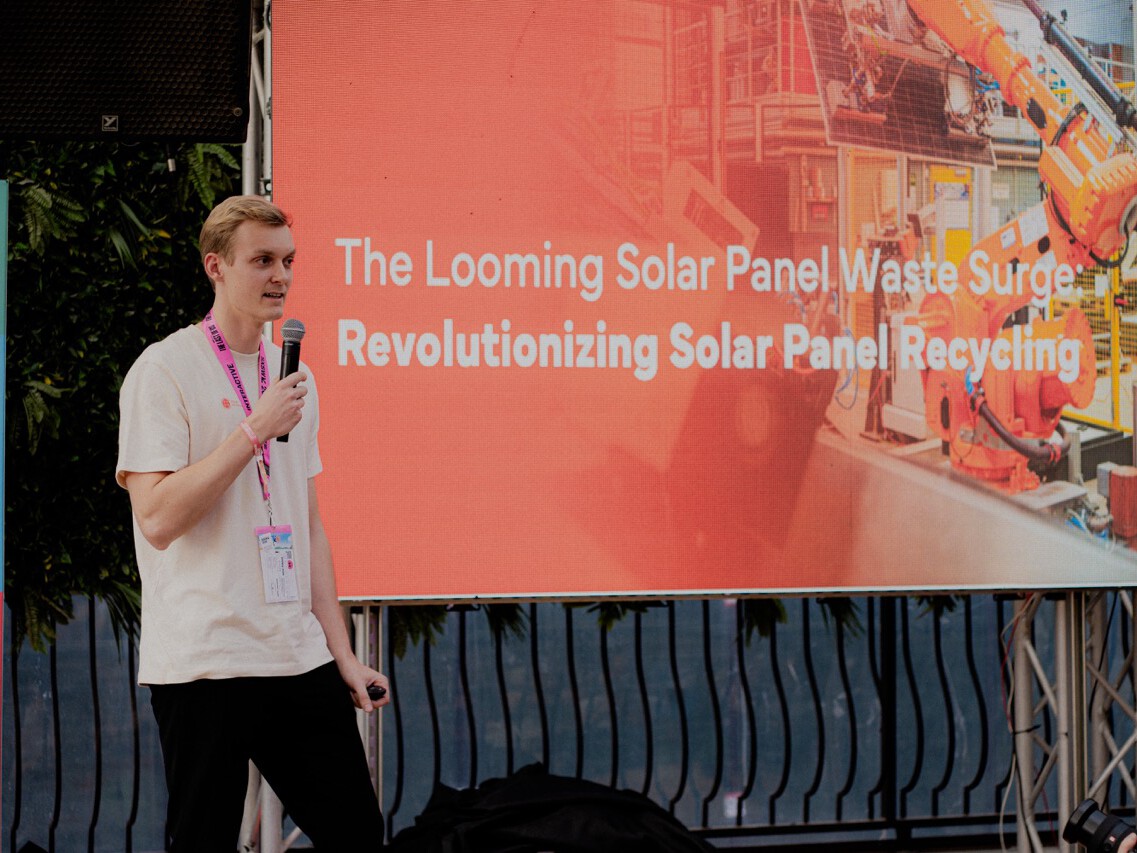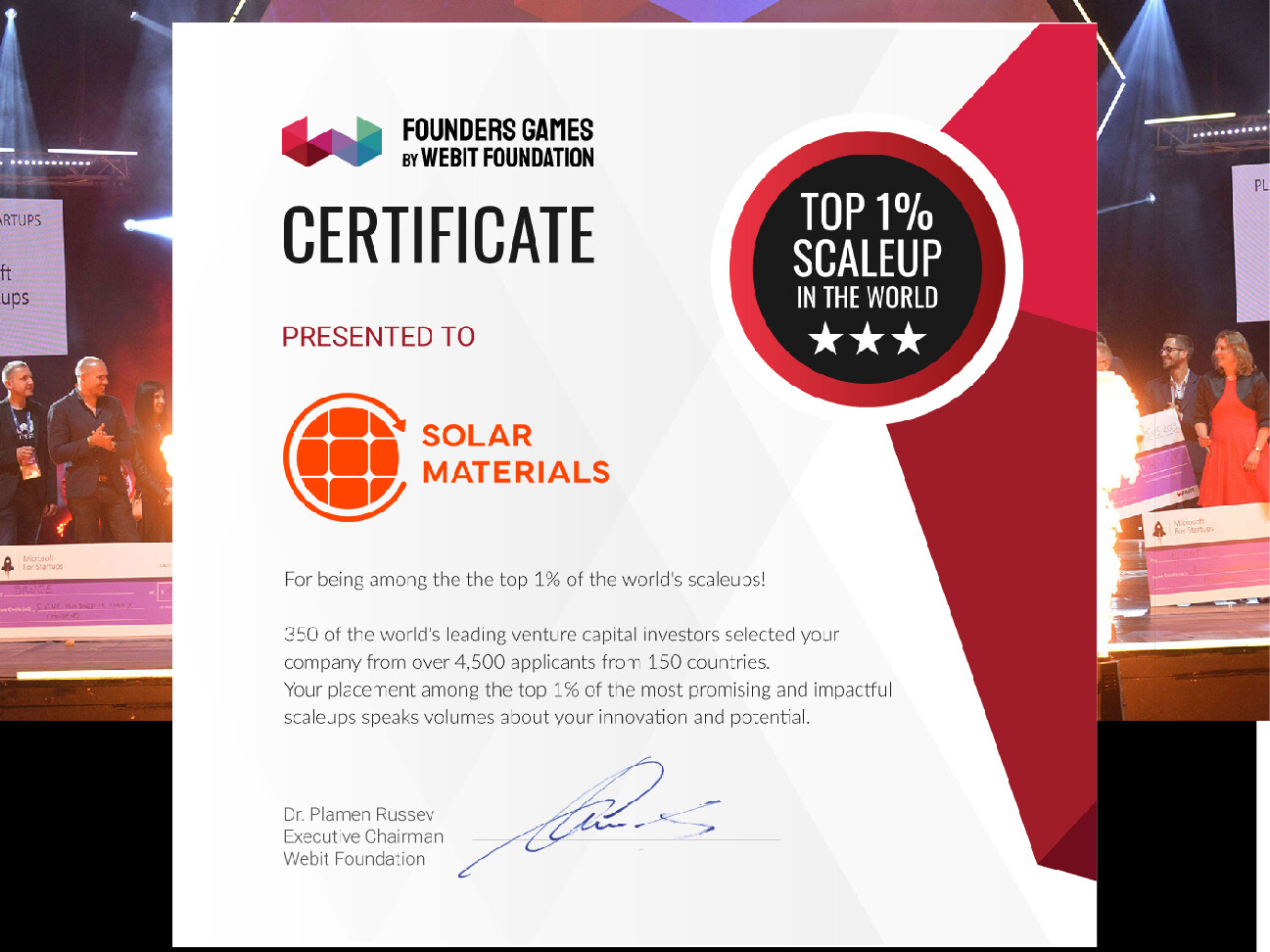
Our Vision
We are driven by a shared vision of revolutionizing the solar energy industry to make a positive impact on our planet.

Technology
With our patented recycling technology, we recover 98% of raw materials in silicon solar panels. With thermo-mechanical processes we automatically separate the different components of solar panels from each other. Our technology works like a reverse production instead of the classical shredding and sorting approach of the recycling industry.
We focus particularly on the economic recovery of silver and silicon as well as high-quality glass. Further recovered raw materials are aluminium, copper and plastics. Our energy-efficient process works without any chemicals, which makes our recycling especially resource-efficient.
By using our secondary raw materials, we save 3.1 tons of CO2e per ton of recycled solar modules compared to the use of primary raw materials.
The front glass of a solar module serves to protect the cells from environmental influences and accounts for around 70% of the total mass. Through our patented recycling process, we recover the glass in high purity to be used as container glass with the goal to reach solar glass quality later on.
Aluminum is found in solar panels primarily in the frame and accounts for about 15% of the mass. We feed the recovered aluminum to large aluminum smelters. This saves about 95% energy compared to newly recovered aluminum.
Silicon is the technical heart of a solar panel. It converts the radiant energy of sunlight into electricity through the photoelectric effect. The silicon we recover is processed into pure silicon by our partner Circular Silicon.
Silver makes up only about 0.1% of the total mass of the solar panel but is the most valuable raw material inside a solar panel. It is located on the front and back of solar cells and serves there as an electrical conductor. After recycling, the silver can be purified and used again for technical applications.
The busbars and the connecting cables of a solar panel contain 1% copper by mass. Like most metals, copper can be 100% recycled. New cables or conductors can be made from the recovered copper.
Various plastics are processed in solar panels. The most used plastics are EVA and PVF. In general, plastics make up about 9% of the total mass. Plastics are generally difficult to recycle, but we are always looking for new uses that are far from thermal recycling (incineration).

Benefits
- 98% recovery rate
- Saves 3.1 tons CO2e per ton recycled solar panels
- Robust thermo-mechanical technology

Challenge & Motivation
The solar industry is booming. Until now, over 100 million tons of solar panels have been installed worldwide. The expansion is expected to multiply by 2030, which will increase the demand for raw materials in the future. The solar industry already consumes over 10% of global silver production. At the same time, the recovery rate for silver and silicon from solar panels has been 0%.
So far, the high-quality solar glass has only been recovered in poor quality and is therefore only used as foam glass or as a filler in construction materials. Until now, no commercial recycling process can economically recover all raw materials from solar panels. We have taken this as an opportunity to develop a technologically and economically leading recycling process.

Our Mission


About us
SOLAR MATERIALS is a cleantech startup from Magdeburg, which recycles solar panels. For this purpose, we have developed a new recycling technology that allows for the first time to economically recover all raw materials from solar panels. Our thermo-mechanical process is energy-efficient and chemical-free. Our goal is to transform the solar industry into a circular economy and thus make solar energy truly green!

Partners & Networks
Over the years, we have built a strong network of industrial and scientific partners in the fields of solar, raw materials and engineering. Our core partners and networks include:
Firmenstaffel 2025
June 28, 2025
Pitches in Paris
June 17, 2025
E-waste 2025
May 30, 2025
Intersolar Europe 2025
May 1, 2025
Join the Revolution: Your job at Solar Materials
January 13, 2025
Winning Gold at the European Solar Sustainability Award 2024
December 13, 2024
Why Sharing Our Mission Matters: Insights from a CleanTech Startup
September 10, 2024
If you would like to join the recycling revolution in solar, please contact us!
























